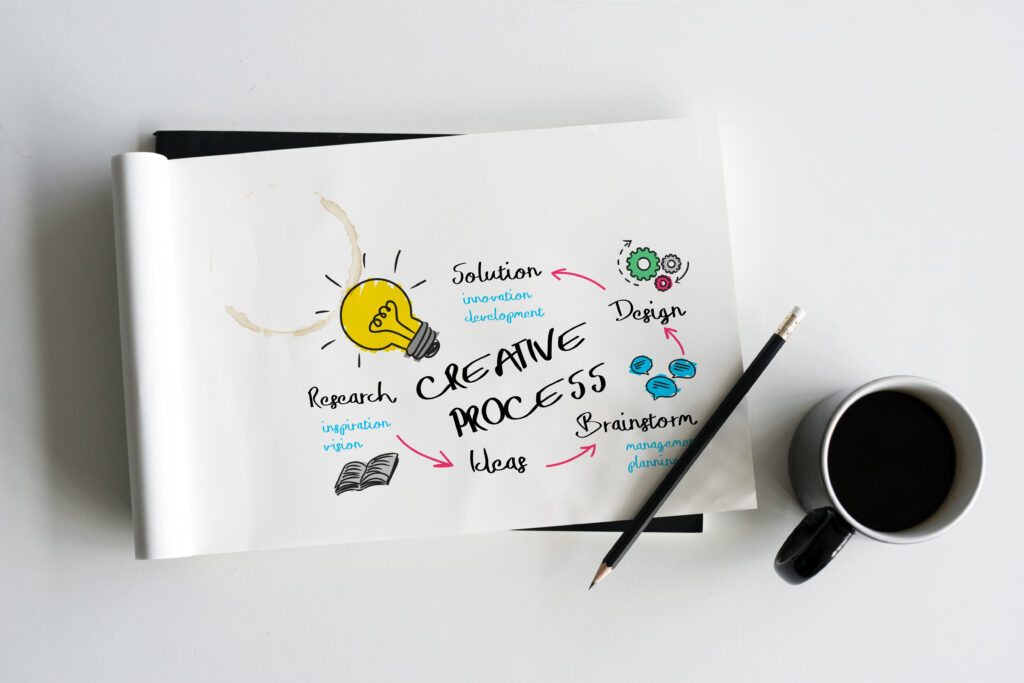Stay Up To Date
Signup to our news letter and be the firdt to know now of new release and benefit from discounts.


Introduction: Embarking on a journey to learn graphic design in a developing country may present unique challenges, but with a resourceful mindset and strategic approach, one can acquire valuable skills. This comprehensive guide outlines practical steps to navigate the learning process effectively, leveraging both online and local resources.
Online Learning Platforms:
Open Source Software:
Local Workshops and Meetups:

Libraries and Internet Cafes:
Freelance Platforms:
Local Mentorship:
Downloadable Learning Materials:
Practice Regularly:
Stay Inspired:
Adaptability and Resourcefulness:

Conclusion: Mastering graphic design in a developing country requires a blend of online resources, local connections, and a resilient mindset. By embracing the available tools creatively and staying committed to continuous learning and practice, one can overcome challenges and thrive in the dynamic field of graphic design. This resourceful approach not only builds valuable skills but also contributes to the empowerment of aspiring designers in developing regions.